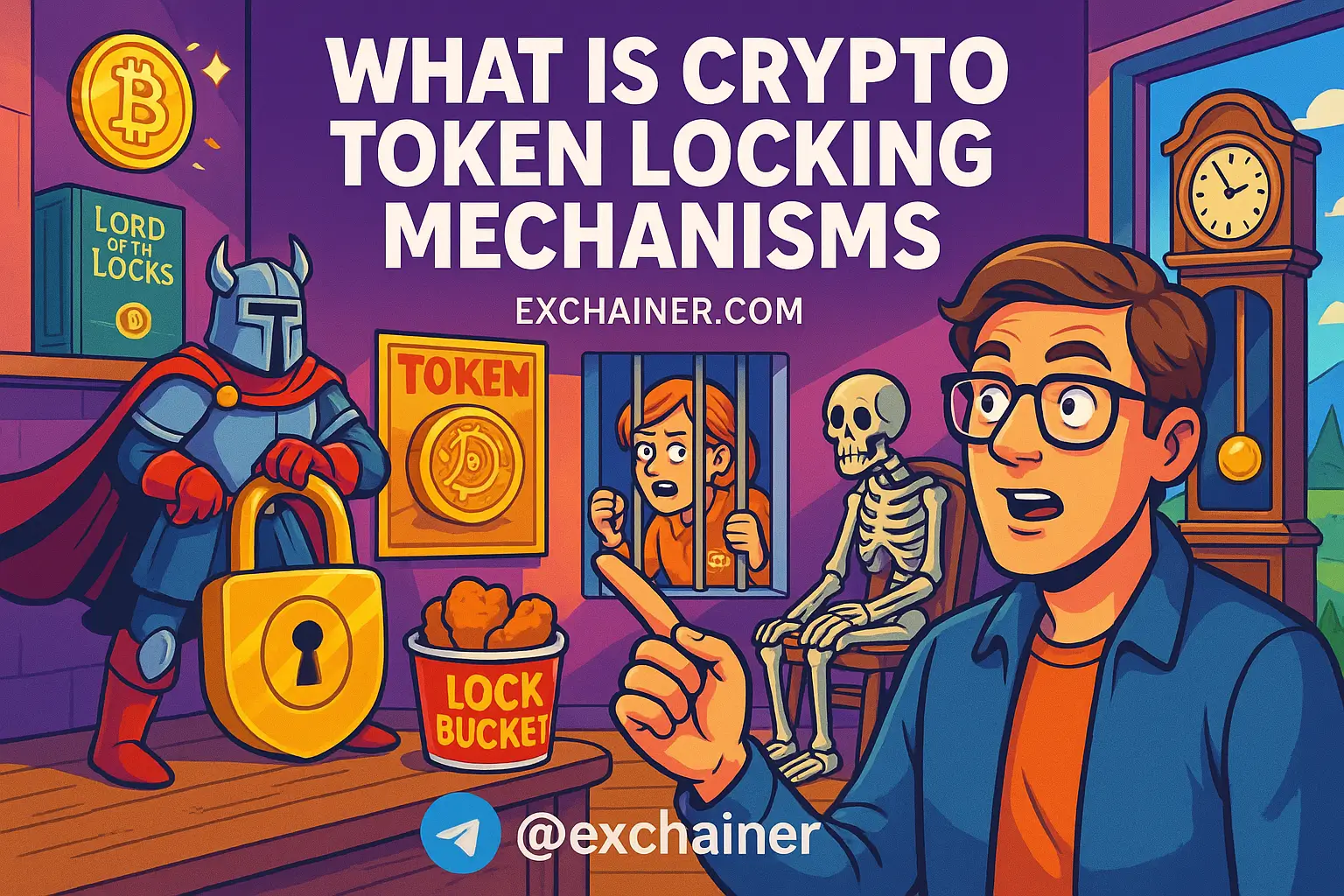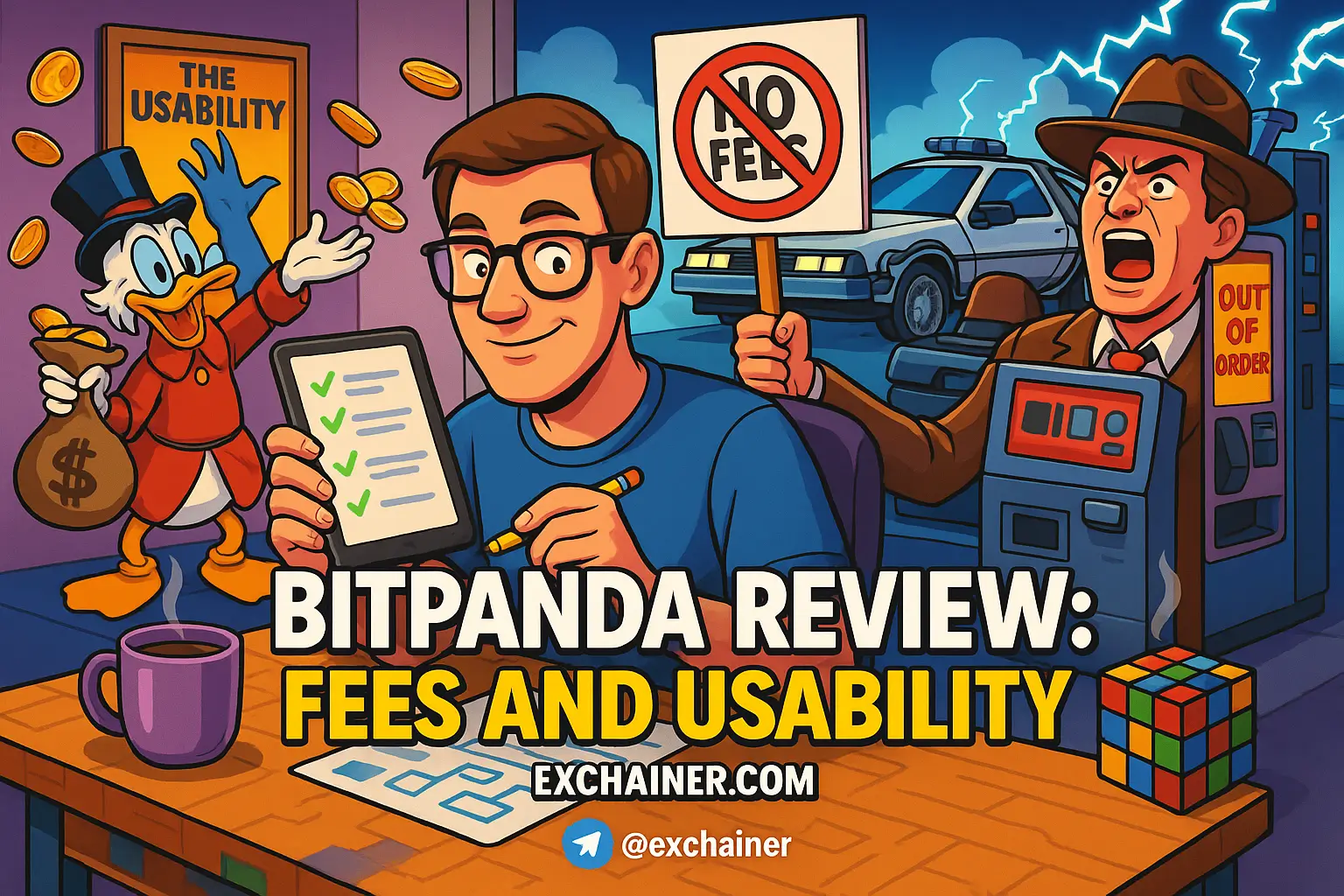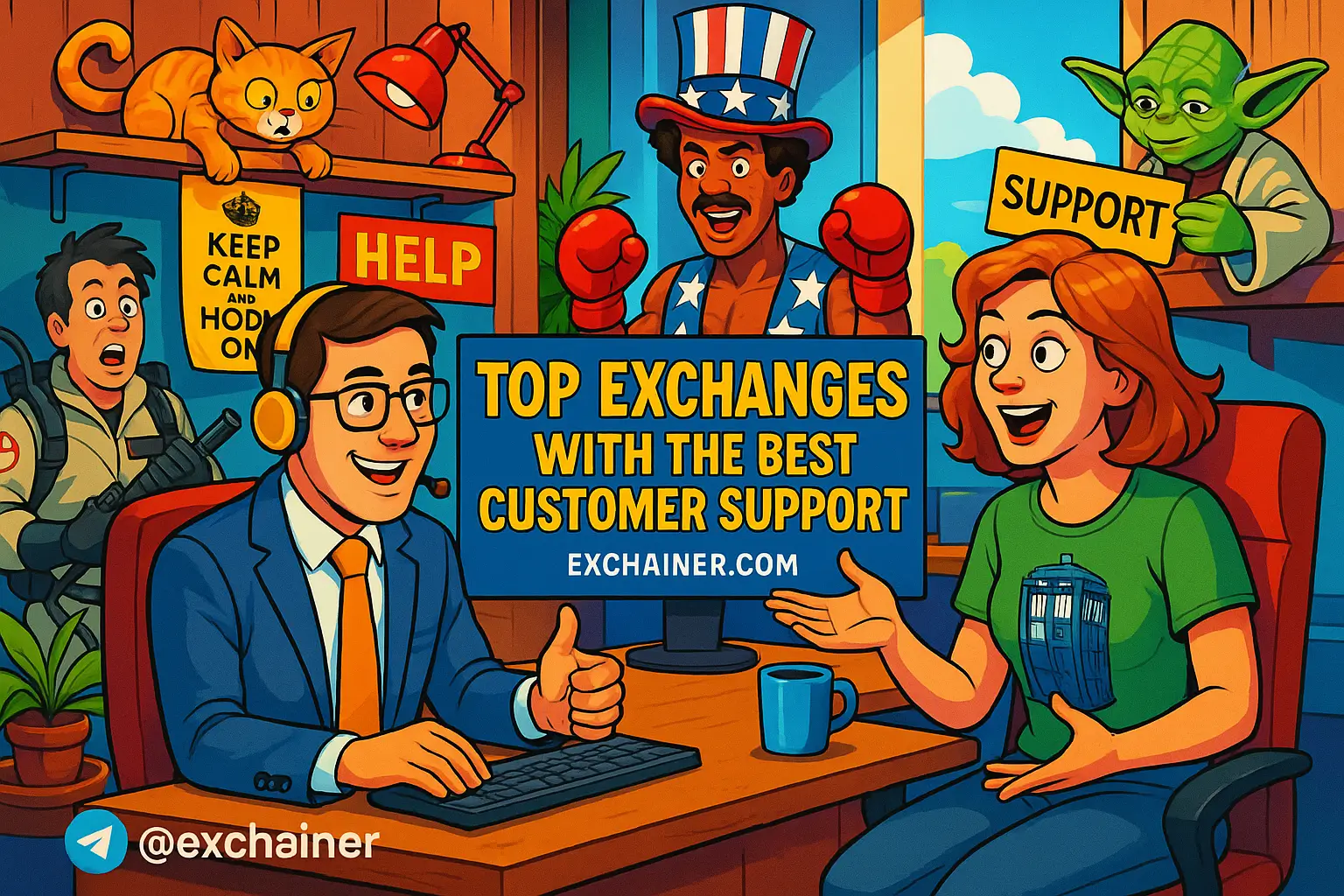In the rapidly evolving world of cryptocurrency, understanding decentralized exchanges (DEXs) is essential for anyone looking to dive into the crypto trading arena. DEXs offer a unique combination of privacy, user control, and direct peer-to-peer transactions, making them a fundamental part of the modern cryptocurrency ecosystem. Unlike centralized exchanges (CEXs), which manage trades and funds on your behalf, DEXs leverage blockchain technology to facilitate direct transactions between users without intermediaries. This means you can trade cryptocurrencies directly from your wallet, ensuring you retain control of your assets. In this comprehensive guide, we’ll walk you through the cryptocurrency basics of DEX platforms, how to get started, and crucial tips for beginners to navigate this exciting space effectively.
Understanding DEXs
Decentralized exchanges represent a revolutionary way to trade digital currencies. Built on blockchain networks, these platforms use smart contracts to execute trades automatically when predetermined conditions are met. The fundamental components of DEXs include liquidity pools, which enable users to provide funds to facilitate trades, and automated market makers (AMMs), which resolve pricing based on supply and demand dynamics rather than traditional order books.
By nature, DEXs are designed to enhance privacy. Traders can engage without needing to disclose personal information, as there's usually no requirement for KYC (Know Your Customer) verification. However, this increased independence comes with a layer of responsibility. It's crucial for users to manage their own security measures, including safeguarding their private keys and ensuring their wallets are secure as well.
Popular DEXs like Uniswap and PancakeSwap allow you to swap a variety of tokens with lower fees than traditional centralized exchanges, yet they often require a higher level of technical knowledge. Understanding how these platforms work will set the foundation for your trading journey.
Getting Started with DEXs
Embarking on your DEX journey can be straightforward if you follow these steps:
-
Choose a DEX Platform:
- Do your research to compare different decentralized exchanges based on supported tokens, fees, and user-friendliness.
- Some well-known DEXs include Uniswap, SushiSwap, and 1inch, each with its unique features and advantages.
-
Set Up a Compatible Wallet:
- DEXs necessitate the use of a cryptocurrency wallet to store your assets. Common options include MetaMask, Trust Wallet, and Coinbase Wallet.
- Make sure to choose a wallet that supports the cryptocurrencies you aim to trade.
-
Fund Your Wallet:
- Acquire cryptocurrency from a centralized exchange (CEX) such as Binance or Coinbase, or receive it from another wallet.
- Transfer your funds into your DEX-compatible wallet.
-
Connect Your Wallet to the DEX:
- Visit your chosen DEX's website and look for the "Connect Wallet" option.
- Follow the instructions to securely link your wallet.
-
Start Trading:
- Once connected, navigate to the trading interface. Select your trading pair and review the available options like market or limit orders.
- Confirm your transaction after reviewing all details.
-
Monitor Your Trades:
- Keep an eye on the market and utilize any analytics tools provided by the DEX to make informed trading decisions.
Tips for Beginners
As you embark on your journey with DEX platforms, here are essential tips to help you navigate this new landscape effectively:
-
Prioritize Privacy and Security:
- One of the key advantages of using DEXs is the increased privacy they provide. Since you don’t need to submit personal information, your data remains secure.
- However, with this privacy comes the responsibility of protecting your own crypto assets. Be sure to implement strong security practices, like using hardware wallets for storage and ensuring proper backups of your seed phrase.
-
Understand Liquidity and Fees:
- While DEXs frequently have lower trading fees, remember that you might encounter gas fees, particularly on Ethereum-based DEXs. These fees can vary widely based on network congestion.
- It’s advisable to research liquidity conditions for the tokens you wish to trade as insufficient liquidity can lead to slippage—a scenario where you experience a different price than expected during a trade.
-
Recognize the Learning Curve:
- There’s a lot to familiarize yourself with, particularly if you're coming from a centralized exchange background. Take time to understand blockchain technology, how crypto wallets work, and the importance of smart contracts.
- It's wise to start with small trades to build your confidence and gradually increase trade sizes as you learn.
-
Combine CEX and DEX Use:
- Consider employing a hybrid approach: use CEXs for convenience, especially for large trades where liquidity is critical, and DEXs for niche tokens or when you prefer enhanced privacy.
Future of DEXs
The future of decentralized exchanges is undeniably promising. The DeFi (Decentralized Finance) ecosystem continues to expand, leading to increased interest in DEX platforms. They not only offer users unique opportunities to engage in early-stage token offerings but also provide services such as decentralized lending and borrowing, which are becoming more popular.
As technology advances, DEXs are likely to evolve, with improvements in user interfaces, trade execution speed, and broader token support. Thus, becoming acquainted with these platforms now could be a game-changer for your cryptocurrency trading journey.
Conclusion
Decentralized exchanges offer an innovative way to trade cryptocurrencies, emphasizing user control, privacy, and direct transactions. By understanding the basics of DEXs, selecting the right platform, and following practical tips, beginners can navigate this exciting space effectively.
As you continue to explore the world of cryptocurrency trading, consider visiting our other categories for additional insights and guidance. Check out more educational resources in Crypto 101, read the latest trends in our News section, and explore our comprehensive Exchange Reviews for well-rounded knowledge. Start your crypto journey today, and remember, every expert was once a beginner!












